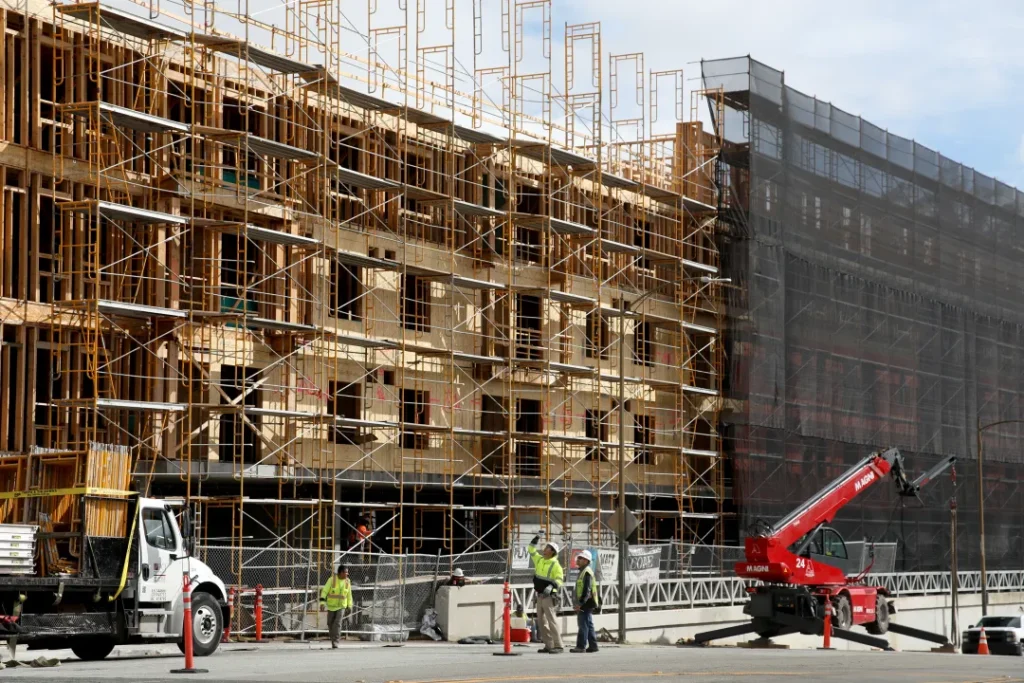State law requires each city and county to make a specific, actionable, and measurable plan, called a Housing Element, that complies with state law and addresses housing needs. It must identify enough sites to hold the Regional Housing Needs Allocation (RHNA) by income level and create programs that remove barriers to housing production and protect residents vulnerable to displacement. Local jurisdictions must also take significant steps to affirmatively further fair housing (AFFH), address racial and economic segregation and disparities in access to resources, and meet the unique housing needs of residents in protected groups. The California Department of Housing and Community Development (HCD) is responsible for certifying Housing Element compliance with state law.
The City of Palo Alto submits another draft housing element to HCD
On May 10th, the City of Palo Alto submitted a third draft Housing Element to the California Department of Housing and Community Development (HCD), following the Element’s adoption on April 15th at a Joint City Council and Planning & Transportation Commission meeting. The state agency will have up to 60 days to respond with certification or further guidance on revisions necessary to comply with state law. Palo Alto is behind in complying with state law, as the Housing Element was due in January 2023 when this planning cycle began. As a result, the city is missing out on important sources of state and regional funding that require a compliant housing element and remains vulnerable to builder’s remedy project projects.
SV@Home has met with city staff, who acknowledge that Palo Alto has a history of incremental change and that more work needs to be done but believe, based on conversations with HCD reviewers, that the latest draft will receive certification. While this draft of Palo Alto’s Housing Element contains strong tenant protection policies, many local advocates feel it does not go far enough to remove barriers to the development of new housing. In particular, the Element relies heavily on sites in industrial areas for lower-income housing, takes a parcel-by-parcel rezoning approach rather than identifying broader, more economically feasible areas for growth, and leaves in place significant barriers to growth in the form of density limits, setback requirements, and other development restrictions.
Both SV@Home and local grassroots partner organizations continue to engage with city staff to support a compliant housing element and program implementation that addresses the diverse housing needs of the city’s residents and workforce.
The City of Santa Clara’s Housing Element has been certified by HCD!
On the final day of Affordable Housing Month (May 31st) the City of Santa Clara received a letter from HCD finding the City’s adopted Housing Element, including recent edits, in substantial compliance with State Housing Element Law! The letter acknowledges that the City must continue the timely and effective implementation of all programs to remain compliant. This action follows a review letter sent to the City on April 11th granting conditional approval, colloquially known as a “nod,” from HCD. The SV@Home Team congratulates the City on certification!
Two more cities have earned conditional approval from HCD
On April 10th, the City of Cupertino received a letter from HCD notifying them that their draft Housing Element will be compliant with state law once rezoning commitments are met and the council adopts the Housing Element. On May 3, 2024, the Town of Los Gatos received a similar conditional approval letter from HCD for their most recent draft Housing Element.
In both jurisdictions, the Housing Element will substantially comply with State Law when it is adopted, submitted to, and approved by HCD. The jurisdictions are in different stages of this process, with Cupertino’s Housing Element adopted and the rezoning in progress and Los Gatos’ Housing Element adopted by the Town Council on June 4th.
Only 4 jurisdictions remain non-compliant in Santa Clara County
Only the City of Palo Alto (see above), Santa Clara County (unincorporated), City of Monte Sereno, and City of Saratoga have not earned either certification or conditional approval from HCD. The City of Santa Clara, Monte Sereno, and Saratoga currently have draft Housing Elements in review with HCD.
Annual Progress Reports
Each spring, jurisdictions are required to provide an Annual Progress Report (APR) to show how effective their efforts have been in achieving housing development targets by income level (known as the Regional Housing Needs Allocation, or RHNA). The APR also shows progress on Housing Element programs aimed at removing barriers to housing production, addressing racial and economic segregation and disparities in access to resources, providing for the unique housing needs of residents in protected categories, and protecting residents vulnerable to displacement. SV@Home’s Housing Element Team is currently reviewing APRs and evaluating progress in key areas. The Team is working to identify potential areas of concern, especially those that span multiple jurisdictions. SV@Home, local partners, and, if needed, HCD can provide accountability support to help cities remain compliant and successfully address their residents’ housing needs.
